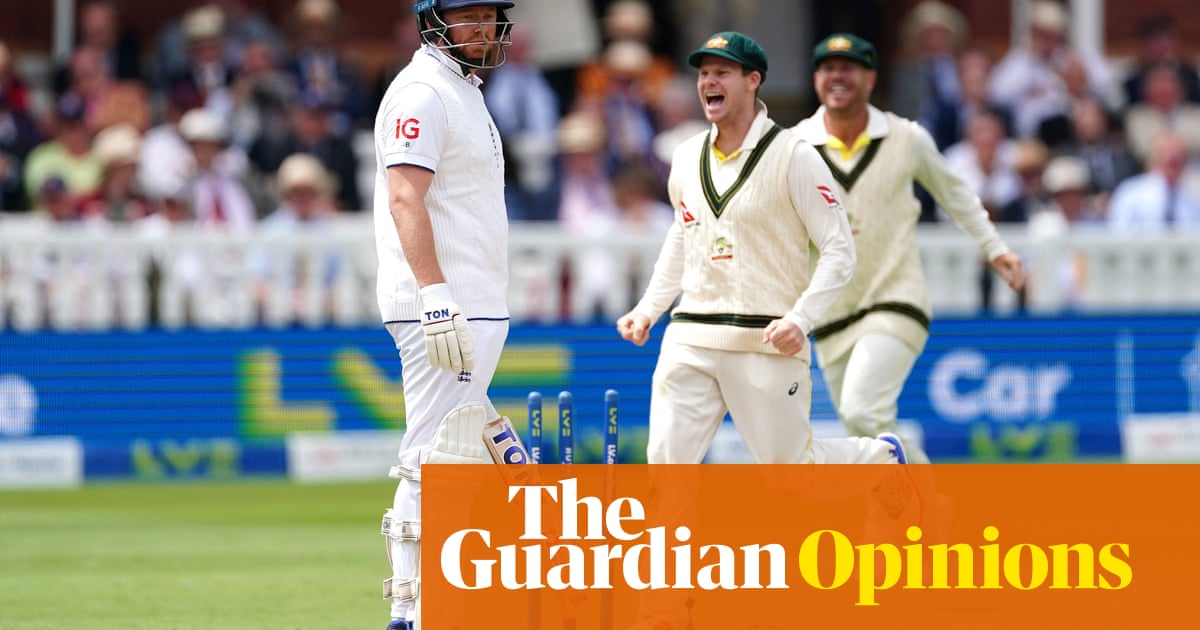
s seasoned followers of the genre will doubtless be aware, the recent online feud between Rihanna and Pragyan Ojha is by no means the first example of a global pop superstar and a former Surrey left-arm spinner clashing over issues of domestic policy. There was the regrettable and very public spat between Zafar Ansari and Bruno Mars a few years back over civil service pensions. And who could forget the classic early-1990s episode of Newsnight when Keith Medlycott and Aretha Franklin angrily weighed in on opposite sides of the privatised utilities debate?
In box-office terms, however, the Rihanna/Ojha dispute could end up topping them all, largely because it’s the only one that actually happened. What actually happened was that Rihanna shared a CNN article about the protests by Indian farmers, which have mobilised hundreds of millions around the country. “Why aren’t we talking about this?!” Rihanna tweeted.
At which point, India’s 24-cap Test veteran sprang into action. “My country is proud of our farmers and knows how important they are,” Ojha retorted. “I trust it will be addressed soon. We don’t need an outsider poking her nose in our internal matters!”
Naturally, a great many of you will probably have missed all this amid England’s inevitable slide to defeat in the second Test, as well as the ensuing and wildly boring debate over whether it is morally acceptable for an Indian venue and an Indian groundstaff to produce an Indian-style pitch for an India home game.
And yet as we lose ourselves in the lush colourscapes of Chennai, as we soak in the sweeping aerial panoramas of the MA Chidambaram Stadium, the city around it, and the glittering ocean beyond, perhaps it is possible to strike just the faintest note of dissonance. While we gaze at the cricket, the biggest mass protests in human history are currently unfolding, just out of shot. Seriously: are we not going to talk about this, not even a little bit?
Of course, until recently very few people outside India have been talking about it. This, in itself, is not that surprising . It was last summer that the Modi government abolished socialist-era protections that guaranteed farmers a minimum price for their produce, a move that farmers say will leave them at the mercy of big corporations who will be able to drive down prices. The government, for its part, has responded to the protests with arrests, electricity and internet blackouts, and an increasing erosion of civil liberties. Yet all this remained by and large a domestic issue until earlier this month, when tweets from Rihanna and Greta Thunberg beamed the issue to a huge global audience.
From a cricketing perspective, it was what happened next that was most interesting of all. One by one, some of the country’s best-known cricketers – Ravi Shastri, Anil Kumble, Hardik Pandya, Suresh Raina, Shikhar Dhawan, Rohit Sharma, Ojha – issued stern, rallying tweets urging the country to unite and condemning foreign interference in Indian affairs.
“External forces can be spectators but not participants,” wrote Sachin Tendulkar, proving that old Yorkshire habits die hard. “Indians know India and should decide for India.” Really, though, the relevance of all this goes beyond a few well-choreographed, government-friendly tweets (many of them ironically appended by the hashtag #IndiaAgainstPropaganda). To a greater or lesser extent cricket has always felt like an arm of the Indian establishment and this has been true since long before the emergence of Modi’s right-wing BJP government and its increasingly sinister ethno-nationalist tendencies.
Only last week, to take just one example, the former India Test opener Wasim Jaffer was forced from his position as Uttarakhand’s head coach amid baseless, malicious rumours that he had favoured Muslim players and invited Islamic scholars to address the team. And if the sight of the immaculately discreet Tendulkar taking sides on a contentious political issue was surprising enough, then perhaps the content of his intervention was less so.
Perhaps you will read all this and wonder what it’s doing in the sport section. But then cricket has always been a window into other worlds, other cultures, a sport that has never been immune to the forces shaping our history and our politics. And there can be little doubt that this India seems so much more remote than it would have done in freer times, when touring parties would doubtless have been accompanied by a media contingent of dozens, a travelling fanbase of thousands, all watching and documenting.
In their absence, what we get is the postcard from paradise: lingering shots of Marina Beach emblazoned with the BCCI logo in the top corner of the screen, an officially approved vision of India where politics doesn’t exist, where the very existence of a world beyond the branded boundary rope is scarcely acknowledged.
From our distant vantage point, this isn’t so much about driving tangible change as what we choose to see and care about. The giant corporation against the little guy, the inexorable hand of Big Power, the vice-like grip on public narrative: these are the same forces defining the fight for cricket’s soul. Maybe this seems like an issue for a different place, a different time. But if you want to know why the game’s wealth is distributed so unequally, why fans feel so powerless and adrift, why Australia think like they can refuse to play whoever they want, then you might just get a few of the same answers.












